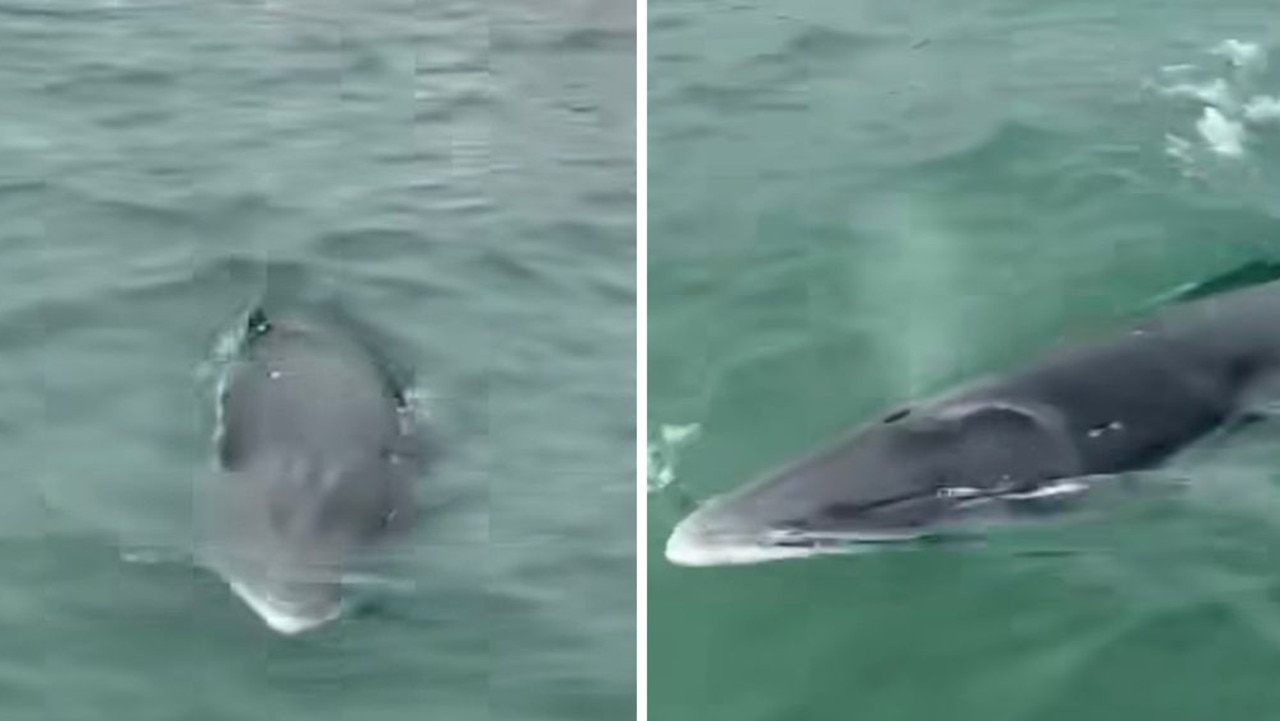Eggs from backyard hens contain 40 times more lead, researchers warn
As Australia faces a national egg shortage, the backyard chook pen is making a comeback — but scientists have issued a stark warning.
As Australia faces a national egg shortage, the backyard chook pen is making a comeback.
But now a new study has found that eggs from backyard hens may contain dangerous levels of lead up to 40 times higher than eggs bought from the supermarket, sparking a warning to urban gardeners.
In the study, published in the journal Environmental Pollution, researchers from Macquarie University and the Australian National University sampled nearly 70 domestic chickens from 55 urban gardens in Sydney for blood lead concentrations and corresponding concentrations in eggs, along with potential sources of lead contamination such as feed, soil and water.
The amount of lead in soil was “significantly associated with lead concentrations in chicken blood and eggs”.
The findings were then extrapolated out using the Australian VegeSafe garden soil database, which includes data from more than 20,000 samples, to predict which areas of inner-city Sydney, Melbourne and Brisbane are likely to have soil lead concentrations unsuitable for keeping backyard chickens.
“Our newly published research found backyard hens’ eggs contain, on average, more than 40 times the lead levels of commercially produced eggs,” study authors Mark Patrick Taylor, Dorrit E. Jacob and Vladimir Strezov wrote in The Conversation.
“Almost one in two hens in our Sydney study had significant lead levels in their blood. Similarly, about half the eggs analysed contained lead at levels that may pose a health concern for consumers.”
They noted “even low levels of lead exposure are considered harmful to human health, including among other effects cardiovascular disease and decreased IQ and kidney function”, and that the World Health Organisation “has stated there is no safe level of lead exposure”.
In inner-city areas, lead contamination has built up in garden soil over many years from exhaust fumes and lead-based paint.
“These legacy contaminants can enter our food chain via vegetables, honey bees and chickens,” they wrote.
“These findings will come as a shock to many people who have turned to backyard food production. It has been on the rise over the past decade, spurred on recently by soaring grocery prices. While urban gardening is a hugely important activity and should be encouraged, previous studies of contamination of Australian home garden soils and trace metal uptake into plants show it needs to be undertaken with caution.”
The researchers mapped out suburbs showing the lead risk level for backyard chickens, with areas closest to the CBD in all three cities shown as having unsafe levels.
“Deeper analysis of the data showed older homes were much more likely to have high lead levels across soils, chickens and their eggs,” they wrote. “This finding matches other studies that found older homes are most at risk of legacy contamination from the former use of lead-based paints, leaded petrol and lead pipes.”

How much lead was found?
Prior studies suggest blood lead levels of 20 micrograms per decilitre (µg/dL) may harm chickens’ health.
“Our analysis of 69 backyard chickens across the 55 participants’ homes showed 45 per cent had blood lead levels above 20µg/dL,” the researchers wrote.
While there are no food standards for trace metals in eggs in Australia, testing by the national regulator has found lead levels of less than 5 micrograms per kilogram (µg/kg) in shop-bought eggs.
“The average level of lead in eggs from the backyard chickens in our study was 301µg/kg,” they wrote.
“By comparison, it was 7.2µg/kg in the nine commercial free-range eggs we analysed. International research indicates that eating one egg a day with a lead level of less than 100µg/kg would result in an estimated blood lead increase of less than 1μg/dL in children. That’s around the level found in Australian children not living in areas affected by lead mines or smelters. The level of concern used in Australia for investigating exposure sources is 5µg/dL.”
Just over half of the eggs tested by the researchers exceeded this 100µg/kg “food safety” threshold.
“To keep egg lead below 100μg/kg, our modelling of the relationship between lead in soil, chickens and eggs showed soil lead needs to be under 117mg/kg,” they wrote.
“This is much lower than the Australian residential guideline for soils of 300mg/kg. To protect chicken health and keep their blood lead below 20µg/kg, soil concentrations need to be under 166mg/kg. Again, this is much lower than the guideline.”
Urban gardeners, particularly in older, inner-city locations, are being urged to get their soil tested.
“People can do this at VegeSafe or through a commercial laboratory,” the researchers wrote. “Soils identified as a problem can be replaced and chickens kept to areas of known clean soil.”
More than 400,000 Australians keep backyard chooks, according to a 2019 survey.

Australia facing egg shortage
Egg Farmers of Australia has previously warned of skyrocketing egg prices due to rising input costs.
The national body said in May that farmers were paying 20 per cent more for young laying hens, fuel prices were up 25 per cent, feed grain was up 45 per cent and the cost of canola oil has climbed 141 per cent per tonne.
The speed of rising costs was “so alarming that some long-term egg farmers are genuinely fearing for the future of our industry”, CEO Melinda Hashimoto told The Daily Telegraph.
“It is a reality that Australians are going to have get used to paying more if they want their eggs and other food grown in Australia, or they’ll see Aussie farmers go out of business,” she said.
“Likewise, wholesalers are urged to review the price they pay for Aussie eggs, to ensure our farmers get a fair and profitable return on their product.”
In recent weeks shoppers have been left frustrated as the staple item disappears from shelves, with Coles even introducing a two-carton limit.
Edith Cowan University senior lecturer and WA president of the Australasian Supply Chain Institute (ASCI), Flavio Macau, wrote earlier this week that the shortage was partly due to the customers preferring free-range over caged eggs.
The production of free-range eggs is more affected by the colder and short days of winter, he explained in an article for The Conversation.
Sales of free-range eggs have shot up over the years, leading many farmers to invest heavily in increasing their free-range production.
“Like many agricultural industries where farmers respond to price signals and predictions, this led to overproduction, leading to lower prices and profits,” Associate Professor Macau said.
NSW’s total flock size peaked in 2017-18 but the overproduction and lower profits led to a 10 per cent drop in egg production the following year.
He said a short-term fix to the supply issues seemed “unlikely”, noting wet weather forecasts from August to October were not favourable laying conditions.
However, once the weather warms up, production should return to normal levels.
“Unless consumers are willing to pay more to ensure a constant supply in winter months, our shift to free-range eggs carries a higher likelihood of winter shortages,” he said.
According to Egg Farmers Australia figures, 6.3 billion eggs were produced last financial year, after a drop to 6.08 billion in 2019-20 from 6.22 billion in 2018-19.
Free-range eggs account for 52 per cent of supermarket sales volume and 59 per cent by value, compared with 36 per cent by volume and 28 per cent by value for cage eggs.






